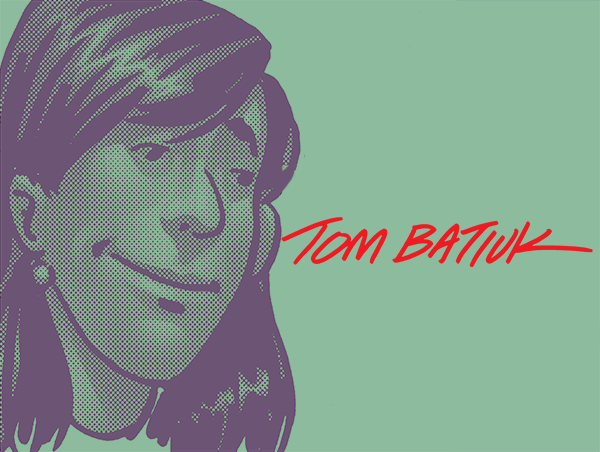×

Subscribe to Receive the Latest Updates
Subscribe to receive our monthly newsletter.
So there I was in 1983 with unsettling mature thoughts and a looming decision on my hands. Instead of having my characters starting back at square one each day, I wanted them to grow up. I wanted their lives to be destined and fateful. Along with that I wanted something more. I wanted to write things that would resonate on a deeper level. As Neil Young once said, occasionally you have to break all your toys and start over. It looked like it was time to break the toys. So you’re probably asking yourself why I didn’t just do it then and there. (Perfect question really—cuts right to the quick. That’s what I like about you.) Well, there are a number of reasons. But before I dig into them, I’m going to have to ask all of the people who think that comic strips are called the comics because they’re only supposed to be funny to check out of the intro at this point. Just skip on ahead and start enjoying the book, and the rest of us will catch up with you.
OK, they’re gone; let’s talk.
As I was saying, there are several reasons for my not pulling the trigger at this point. The first one has to deal with Schrödinger’s equation for relativistic quantum wave theory and how it relates to the space/time continuum where comic strip characters reside. It involves a whole lot of complicated math and this really isn’t the venue, but, short and sweet, time in comic strips moves more slowly than time in the real world. Trust me on that. Using a back of the envelope calculation, it comes out to about three comic strip years to one real-world year. So the Funky gang was only just entering their senior year in the Funkyverse, which meant I still had a cushion. The other reasons are a bit more problematic.
From The Complete Funky Winkerbean Vol. Four